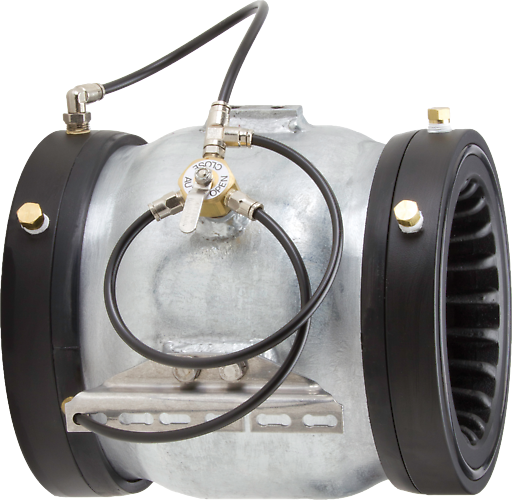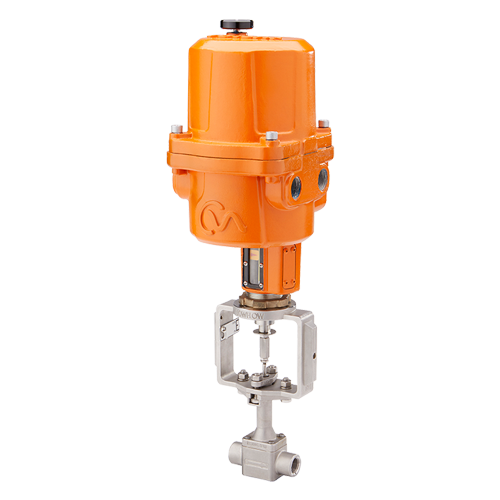Choosing the Right Control Valves: A Guide to Ideal System Performance
Choosing the Right Control Valves: A Guide to Ideal System Performance
Blog Article

Maximize Energy Cost Savings and Convenience With Advanced Structure Automation Controls
In the world of modern design and center management, the combination of innovative building automation manages stands as a crucial development. By taking advantage of the power of automation, structures can adapt, react, and evolve in methods that were as soon as inconceivable.
Power Performance Advantages
Power effectiveness benefits can considerably minimize energy usage and functional costs in structures. By implementing energy-efficient practices and innovations, structure owners and drivers can achieve considerable financial savings while additionally adding to ecological sustainability. One of the primary advantages of improving power efficiency in buildings is the reduction of utility bills. Energy-efficient systems, such as advanced structure automation controls, can optimize making use of resources like home heating, lights, and cooling, resulting in lower energy expenditures over time.
Additionally, enhanced power effectiveness can prolong the life expectancy of structure devices and systems. By operating more successfully, a/c systems, lighting components, and other structure components experience much less damage, causing decreased upkeep and replacement costs. Additionally, energy-efficient buildings usually command greater property values and rental rates, supplying long-term economic benefits to owners.
In addition, energy performance can improve owner comfort and productivity. Properly controlled interior environments with ideal lights and thermal problems develop a more positive and conducive office, leading to enhanced worker complete satisfaction and efficiency. Overall, the energy performance advantages related to advanced structure automation controls are complex, encompassing cost savings, environmental stewardship, and owner well-being.
Enhanced Comfort Control
Enhancing convenience control in structure atmospheres requires an advanced integration of innovative automation systems for optimum occupant well-being. By making use of innovative building automation controls, facilities can customize the interior setting to satisfy the particular needs and choices of passengers. control valves.
By integrating these advanced controls, buildings can not just boost comfort however also enhance power performance by maximizing system procedures based on actual occupancy and use patterns. Inevitably, prioritizing owner comfort with innovative automation systems leads to a much more pleasurable and much healthier interior environment.
Operational Effectiveness Improvements

In addition, the implementation of real-time tracking and analytics devices allows structure operators to recognize energy ineffectiveness and functional anomalies immediately. By continually keeping an eye on power usage patterns and system performance metrics, modifications can be made in real-time to maximize energy consumption and make sure peak functional efficiency. control valves. Additionally, integrating need feedback techniques into structure automation controls can further enhance functional effectiveness by dynamically readjusting energy use based on grid problems and rates signals
Indoor Environment Optimization
Efficient indoor climate optimization is a basic facet of building automation controls, ensuring owners' comfort and well-being while making the most of energy cost savings. By using sophisticated index sensors and controls, developing automation systems can constantly check and adjust temperature, moisture degrees, air high quality, and air flow to create an optimum interior setting. Preserving comfortable and regular problems not just improves resident contentment yet likewise enhances performance and total wellness.
Interior environment optimization also plays an essential role in energy effectiveness. By fine-tuning air flow, cooling, and heating systems based on real-time information and occupancy patterns, developing automation controls can dramatically lower power consumption - control valves. Carrying out methods such as demand-controlled ventilation and thermal zoning can help decrease power waste while guaranteeing that each area of the building gets the required conditioning.

Sustainable Environment Creation
Structure automation regulates not just enhance indoor climate problems for power efficiency and occupant comfort however likewise lay the foundation for producing a lasting setting via strategic monitoring of systems and resources. By incorporating innovative building automation modern technologies, such as sensors, actuators, and smart software program, facilities can change and keep track of power use in real-time to reduce waste and decrease their carbon footprint. These systems enable predictive maintenance, determining potential problems prior to they intensify and optimizing tools efficiency to boost longevity and efficiency.
Furthermore, sustainable setting production prolongs beyond power management visit this site to include water conservation, waste decrease, and indoor air quality enhancement. Building automation controls can manage water usage, detect leakages, and ensure appropriate garbage disposal methods, contributing to total sustainability efforts. In addition, by managing and keeping track of ventilation and purification systems, these innovations enhance occupant wellness and performance while reducing energy usage connected with heating and cooling procedures.
Final Thought
Finally, progressed structure automation regulates offer substantial advantages in terms of energy savings, comfort control, operational effectiveness, interior environment optimization, and creating a sustainable atmosphere. By implementing these controls, buildings can accomplish optimum performance while lowering energy intake and improving resident convenience. It is apparent that the use of sophisticated automation technology is crucial in improving building efficiency and creating a more sustainable future.
Energy effectiveness advantages can considerably minimize energy usage and operational expenses in structures. On the whole, the energy effectiveness advantages linked with advanced building automation controls are diverse, including price financial savings, environmental stewardship, and passenger well-being.
Additionally, including need response methods into linked here building automation controls can even more improve operational performance by dynamically changing energy use based on grid conditions and pricing signals.
Structure automation manages not just enhance indoor climate problems for energy efficiency and occupant comfort but also lay the foundation for creating a sustainable environment through tactical monitoring of systems and resources.In conclusion, advanced building automation regulates offer considerable benefits in terms of energy financial savings, convenience control, functional effectiveness, indoor environment optimization, and producing a lasting atmosphere.
Report this page